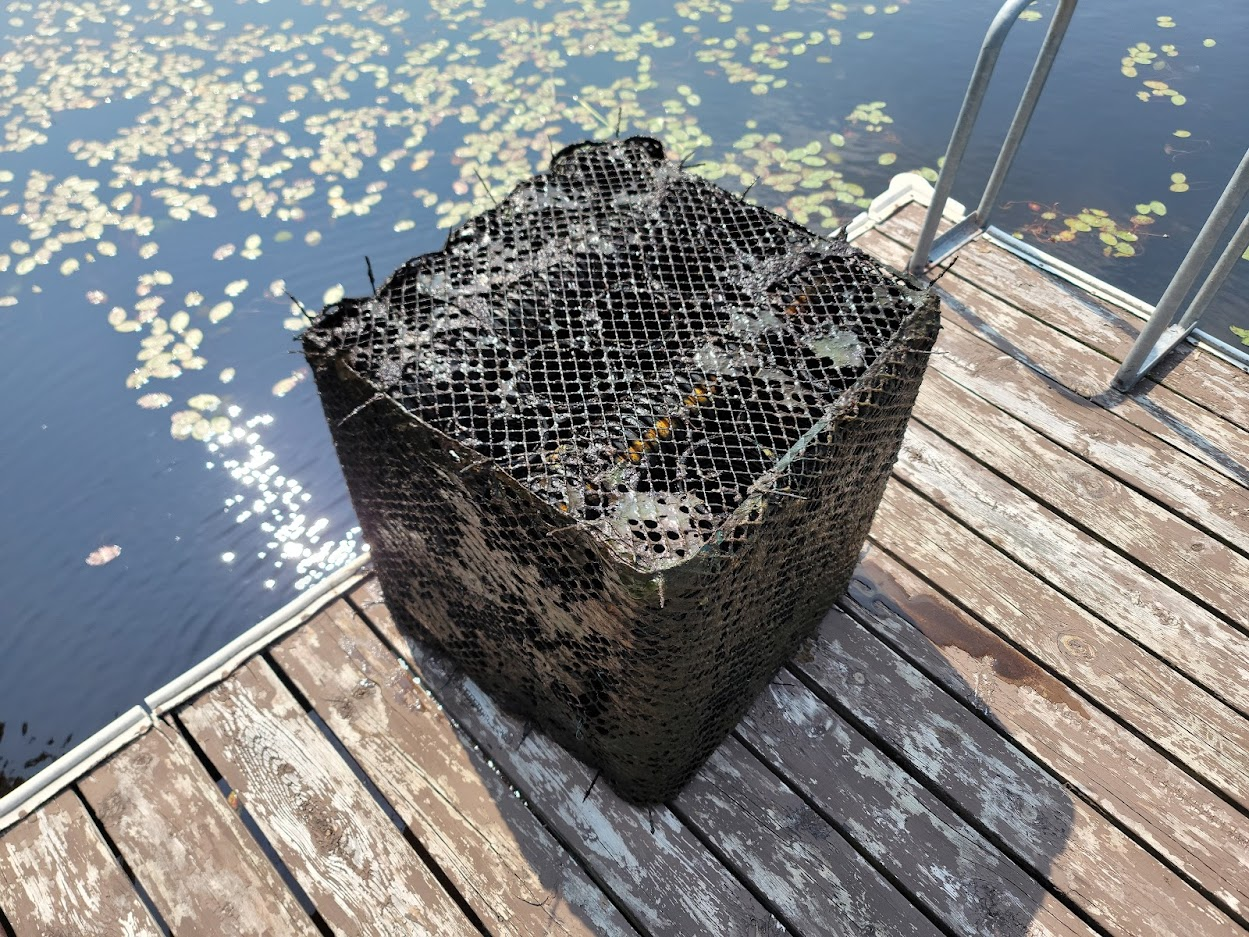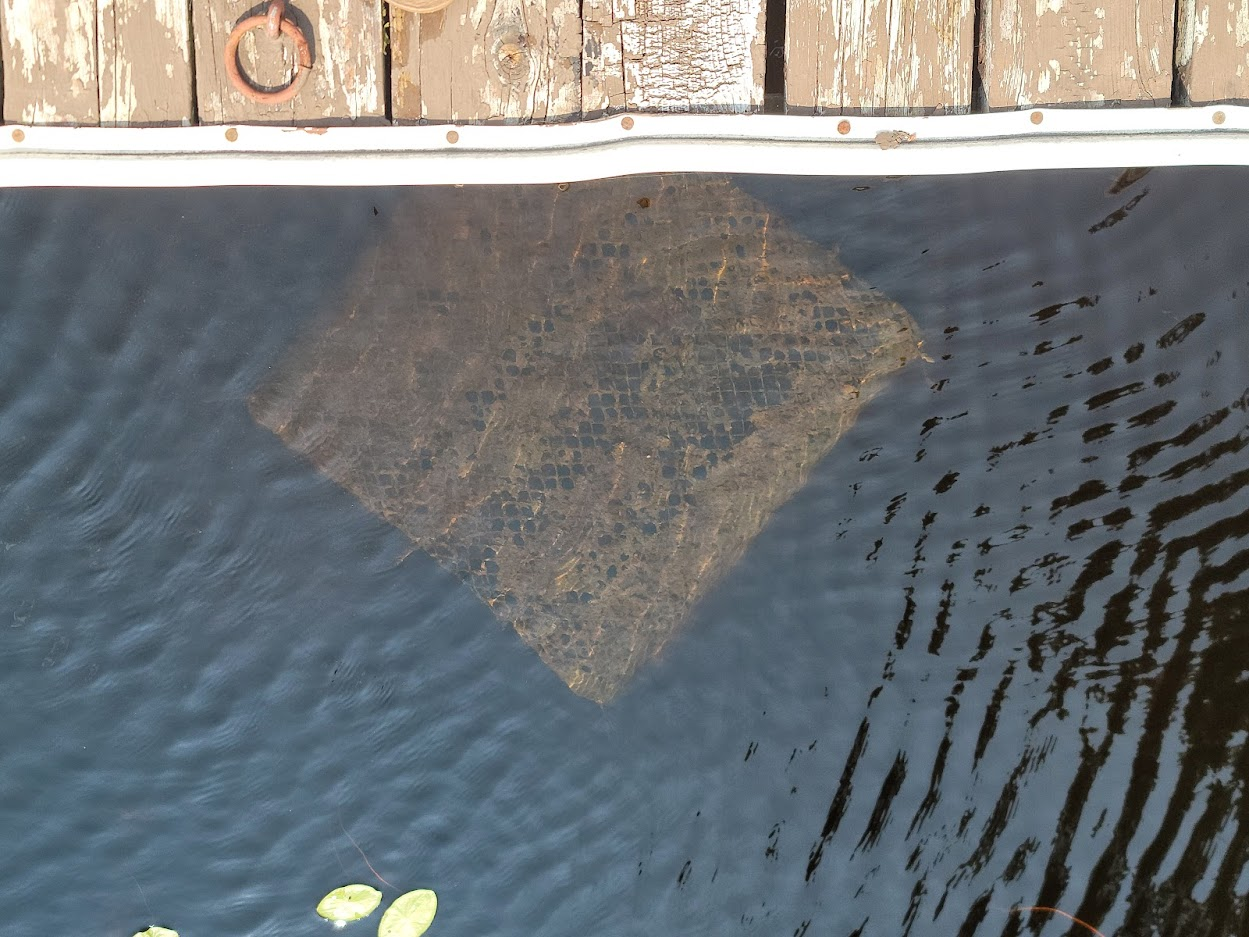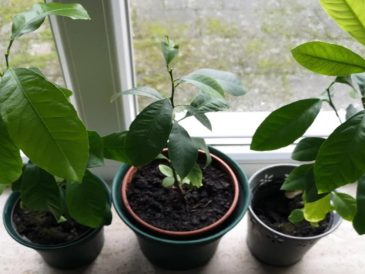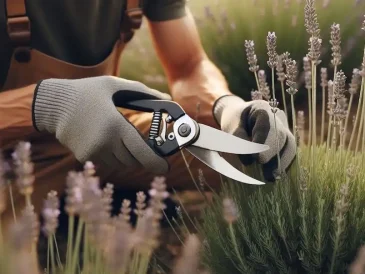There is something magical about being by the lake with a fishing rod in your hand, observing the still water gently ripple in the morning light. If you grew up near a lake, you may remember those summer mornings that had calm, with only the occasional splash of a fish or maybe a humming sound from a boat several hundred yards away.
Also, back then, you probably were too young to realize what actually was happening below the surface of the water. In the shallows baby fish were darting around between submerged logs, tangled roots and reeds, taking cover from the large fish lurking everywhere beneath the lake’s calm surface.
The Birth of the Fish Crib
Eventually, fishermen wised up to this natural game of survival and started to create those small piles of sticks and logs to create safe areas for fish populations to thrive. Thus, the humble fish crib, was born.
The concept is simple and brilliant: make something that mimics the natural hiding spots for young fish (or fry). In the 1950s, anglers and fisheries started experimenting with artificial habitats to develop stronger fish populations in lakes and reservoirs.

A Fort Beneath the Surface
Like children build pillow forts, and playgrounds of branches, the first fish cribs were made of logs, branches, Rocks or whatever items were convenient. Shortly thereafter, experienced fishermen and conservationists witnessed how very quickly young fish took up shelter in these habitats.
The woven wood and rock structure gave cover and some shelter from predators.
These cribs attract algae, insects, and other foodstuff, and create a small ecosystem — all with the purpose of helping young fish grow strong.
Fishing Culture and Family Tradition
As fishing became increasingly popular after World War II, particularly in rural America, families went to lakes for weekend outings and holiday vacations. For many, fishing became more than a hobby, it became a way of life. Rods and reels were passed from fathers to sons along with the patience and cadence that comes with being an expert fisherman.
To those who fish as a vocation, fish cribs were not just half-artificial habitats, they were half-tools that could improve the odds of catching fish. The placement of a thoughtfully-created fish crib could often yield bass or walleye.

A Community Effort in Conservation
In some places fish cribs became DIY community projects. Neighbors gathered to build cribs, prepared them for the winter, and sank the cribs in their favorite lake before ice-out. Because they gathered in the place to which they were accustomed fishing, a fish crib turned an average fish hole into bait territory, and often brought larger fish that lingered, waiting for just the right moment to strike.
Watching generations of anglers came to the same spot over and over again became part of an unwritten social contract — that somewhere beneath the dock a fish crib would deliver.
More Than a Fishing Aid
As time went by, fish cribs became more than just a way to help enhance fishing opportunities. They became a part of an unwritten conservation culture — people engaged in a practical response to over-fishing and habitat loss before turning to costly and invasive efforts that occur exactly the way no one intended. Anglers did not turn to high-tech and expensive solutions to protect fish stocks and alter the tenuous balance in their lakes.
Today, most modern fish cribs, made of PVC pipe with mesh or other longer lasting materials, are still part of creating low-tech and low-polluting alternatives to provide a unique refuge.
A Legacy Beneath the Water
In small ponds, large lakes, and everywhere in between, fish cribs continue to provide fish hunting grounds, safety and shelter from predators and other environmental hazards. They provide a means by which ecosystems develop from the very base, support fishing traditions that are based on patience and respect for the nature around people.
So, the next time you cast a line, think about what is going on beneath the surface of the water. That underwater real estate – those underwater shelters – are doing hard work just right, in order to provide baby fish a sanctuary to hide by giving fish cribs the chance to exist and provide a peaceful space to continue the tradition of fishing for generations to come.
#Guess #Vintage #Vintage Vehicles




